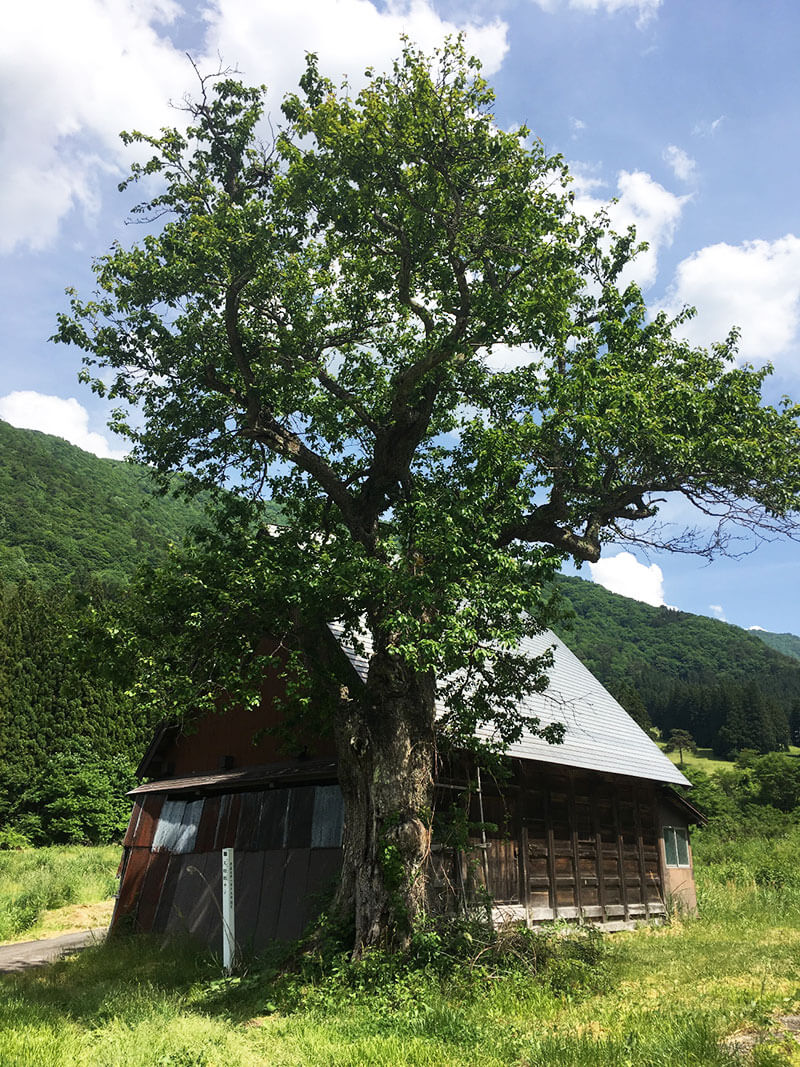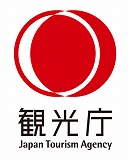最終更新日:2022年4月28日

Old fruit trees like this pear, named after its one-time owner, are common in gardens throughout the Shirakawa area. Fruit and nuts such as pears, persimmons, chestnuts, and walnuts have traditionally played a significant part in the culinary culture of Shirakawa, where arable land has always been in short supply. Most notably, fruit and nut preserves are the main sweet component of what local residents consider the most important meal of the year: the feast prepared to celebrate Ho’onko, a key religious holiday in Jodo Shinshu (True Pure Land), the dominant school of Buddhism in this area.
Observed in November or December, Ho’onko memorializes Shinran (1173?1263), the founder of Jodo Shinshu. It is also an occasion for families to gather and give thanks for the year that has passed. Ho’onko meals are vegetarian and prepared according to Buddhist precepts. The meals center around tofu and vegetables along with a serving of tea and sweets (chanoko) made with fruit and nuts. Families traditionally grew fruit for these preserves in their own gardens, and the old fruit trees that dot the landscape throughout the Sho River valley are a reminder of this centuries-old custom.
この英文解説は、2021年観光庁「地域観光資源の多言語解説整備支援事業」により整備しています。
This English description is provided by the "Multilingual Commentary Project 2021" of Japan Tourism Agency.

Description
| Name |
Matashiro Pear Tree
|
| Type |
Shirakawa Village Designated Natural Monument |
| Date |
Designated on January 19, 1995 |
* Please note that the above information is provided for reference. There may be cases where it differs from current information.